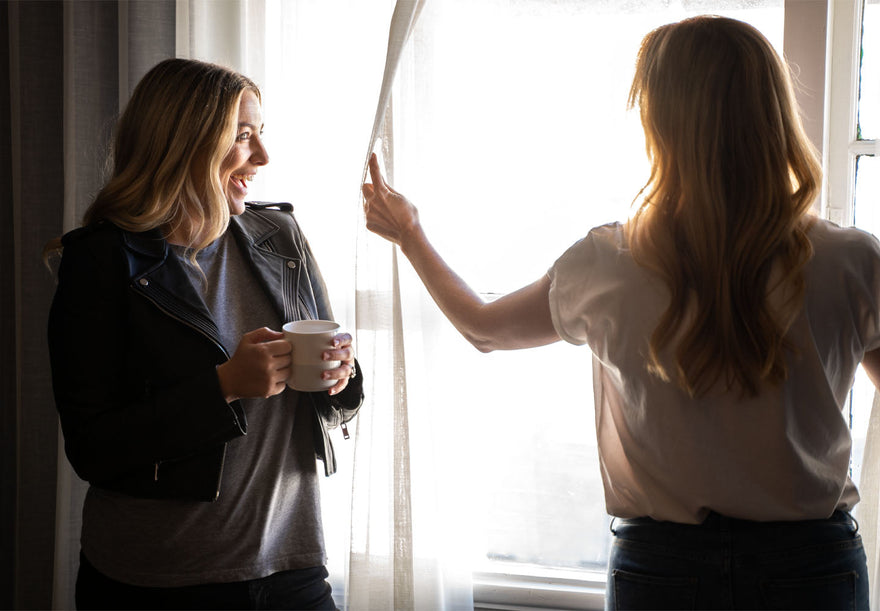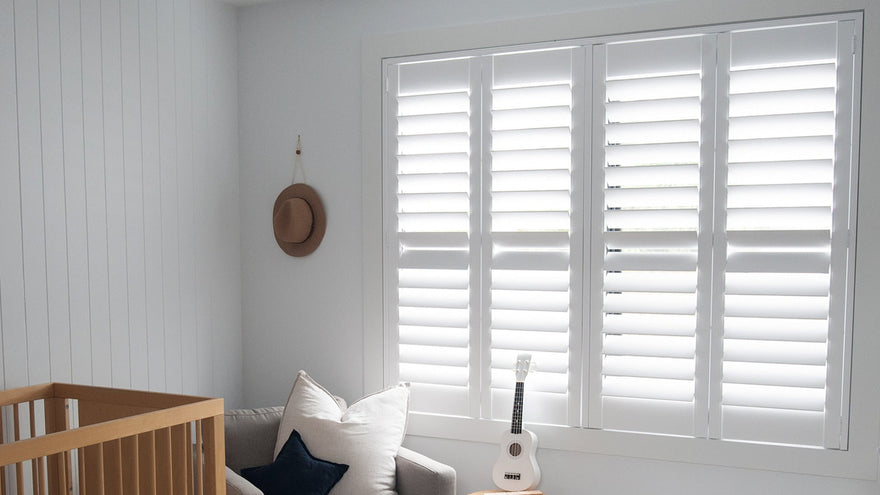curtains
How to measure for Curtains
Measuring for curtains can seem daunting, but in our measuring guide we’ll explain just how easy it is!
However, before getting started, there are a few key considerations about our curtain manufacturing that you may find useful to know about first.
For example, all our curtains are made to exactly fit the width of the track they are hung from, and all our curtains sit underslung on their tracks. So, part of your track will be visible above the curtain after installation.
We recommend clicking on all of the following considerations before continuing on to the measuring guide.






